Lodoicea maldivica May Valley, Praslin Island, The Seychelles Islands Found in an estate in a Rhode Island village this rare seed is presumed to have been brought back to the United States by a 19th Century whaling ship as so many such vessels imported Natural History curiosities from far-flung reaches of the globe. Originating in the Seychelles Islands, the sea coconut is the seed of the Lodoicea maldivica a palm from the species Arecaceae (Aricacies). It is the largest and heaviest seed in the plant kingdom and is found only in the primeval jungle in the May Valley of Praslin Island where the last of these trees survive. They are now protected by UNESCO which has declared the locality a World Heritage site. The name of the genus, Lodoicea, is derived from Lodoicus the Latin version of Louis, in honor of King Louis XV of France. Legend has it that sailors who first saw the nut floating in the sea imagined that it resembled a woman's buttocks, indeed one of the plant's archaic botanical names was Lodoicea callipyge which is derived from the Greek word callipyge meaning "beautiful rump". It was not until 1768 that the real source of the nut was discovered. The seed was formerly known as the Maldive Coconut, its scientific name, Lodoicea maldivica, originating before the 18th century when the Seychelles were still uninhabited. In centuries past the coconuts that fell from the trees and ended up in the sea were carried eastwards by the prevailing sea currents; the nuts can only float after the germination process, when they are hollow. In this way many drifted to the Maldives were they were gathered from the beaches. They were valued as an important trade and medicinal item and many made their way to Europe where nobles in the sixteenth century would often have the shells polished and decorated with valuable jewels as collectibles for their private "cabinet of curiosities". The size and shape of a woman's pelvis, the seed is known in French as coco de fesse due to its resemblance to the female derrière. Its more accurate and complete description was offered by the French botanist Jacques Julien La Billardière who presented it to the Academy of Sciences in Paris in 1801 before publishing his account in 1808 in the annals of the Paris Natural History Museum. The fantastically large nut requires seven years to arrive to its maturity plus an additional three years to germinate. The tree takes 25 years to begin bearing fruit and almost 1000 years to reach its maximum height of nearly 90 feet. Its leaves are 10 feet wide and a single fruit can weigh more than 40kg (88 pounds). The famous coco de mer palm is indigenous and unique to Praslin Island and has become the symbol of Seychelles featured on its coat of arms—it is a rare offering for the collector of Natural History curiosities. Measures 14 x 10 x 6.5 in.
Lodoicea maldivica May Valley, Praslin Island, The Seychelles Islands Found in an estate in a Rhode Island village this rare seed is presumed to have been brought back to the United States by a 19th Century whaling ship as so many such vessels imported Natural History curiosities from far-flung reaches of the globe. Originating in the Seychelles Islands, the sea coconut is the seed of the Lodoicea maldivica a palm from the species Arecaceae (Aricacies). It is the largest and heaviest seed in the plant kingdom and is found only in the primeval jungle in the May Valley of Praslin Island where the last of these trees survive. They are now protected by UNESCO which has declared the locality a World Heritage site. The name of the genus, Lodoicea, is derived from Lodoicus the Latin version of Louis, in honor of King Louis XV of France. Legend has it that sailors who first saw the nut floating in the sea imagined that it resembled a woman's buttocks, indeed one of the plant's archaic botanical names was Lodoicea callipyge which is derived from the Greek word callipyge meaning "beautiful rump". It was not until 1768 that the real source of the nut was discovered. The seed was formerly known as the Maldive Coconut, its scientific name, Lodoicea maldivica, originating before the 18th century when the Seychelles were still uninhabited. In centuries past the coconuts that fell from the trees and ended up in the sea were carried eastwards by the prevailing sea currents; the nuts can only float after the germination process, when they are hollow. In this way many drifted to the Maldives were they were gathered from the beaches. They were valued as an important trade and medicinal item and many made their way to Europe where nobles in the sixteenth century would often have the shells polished and decorated with valuable jewels as collectibles for their private "cabinet of curiosities". The size and shape of a woman's pelvis, the seed is known in French as coco de fesse due to its resemblance to the female derrière. Its more accurate and complete description was offered by the French botanist Jacques Julien La Billardière who presented it to the Academy of Sciences in Paris in 1801 before publishing his account in 1808 in the annals of the Paris Natural History Museum. The fantastically large nut requires seven years to arrive to its maturity plus an additional three years to germinate. The tree takes 25 years to begin bearing fruit and almost 1000 years to reach its maximum height of nearly 90 feet. Its leaves are 10 feet wide and a single fruit can weigh more than 40kg (88 pounds). The famous coco de mer palm is indigenous and unique to Praslin Island and has become the symbol of Seychelles featured on its coat of arms—it is a rare offering for the collector of Natural History curiosities. Measures 14 x 10 x 6.5 in.
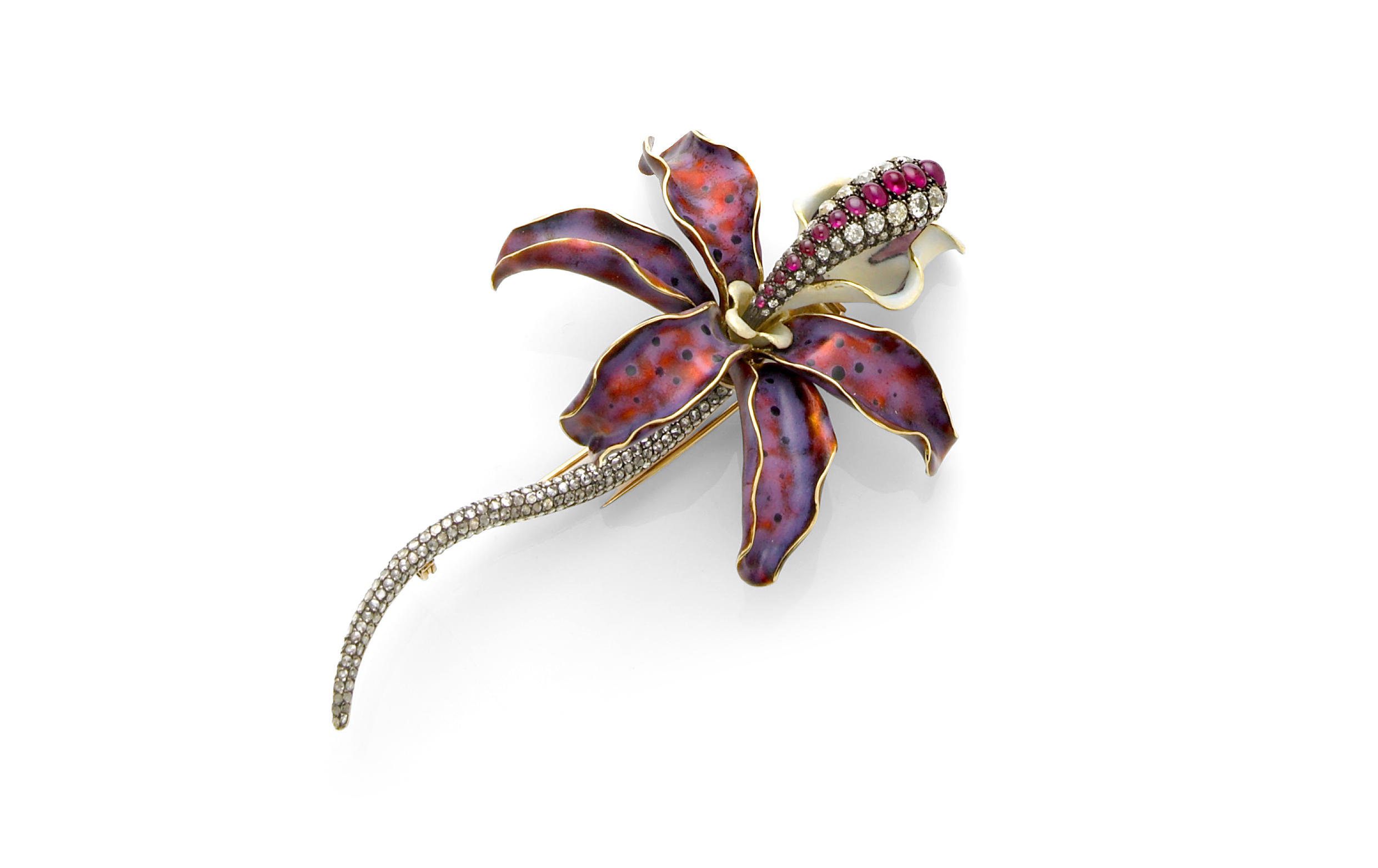
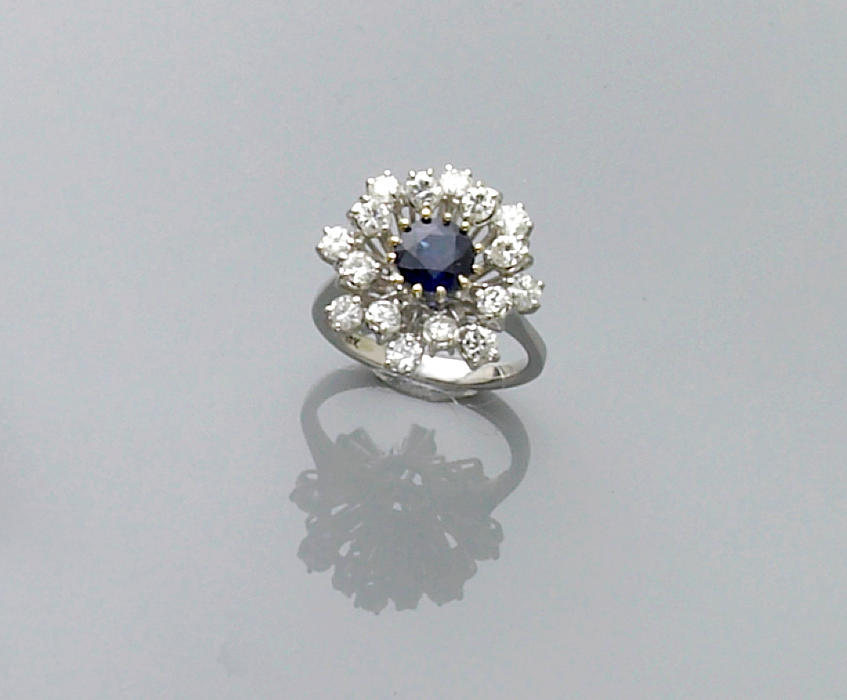
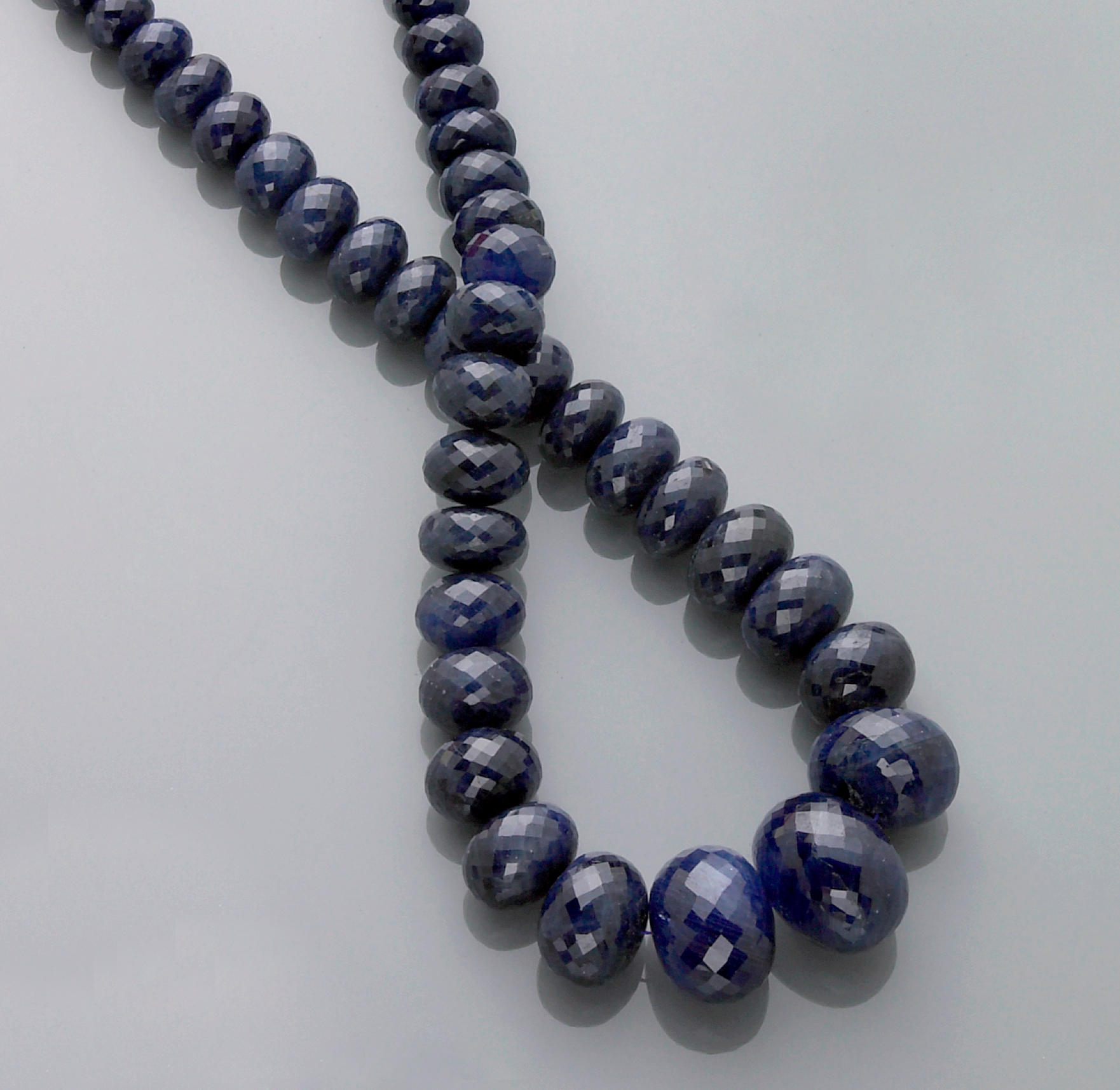
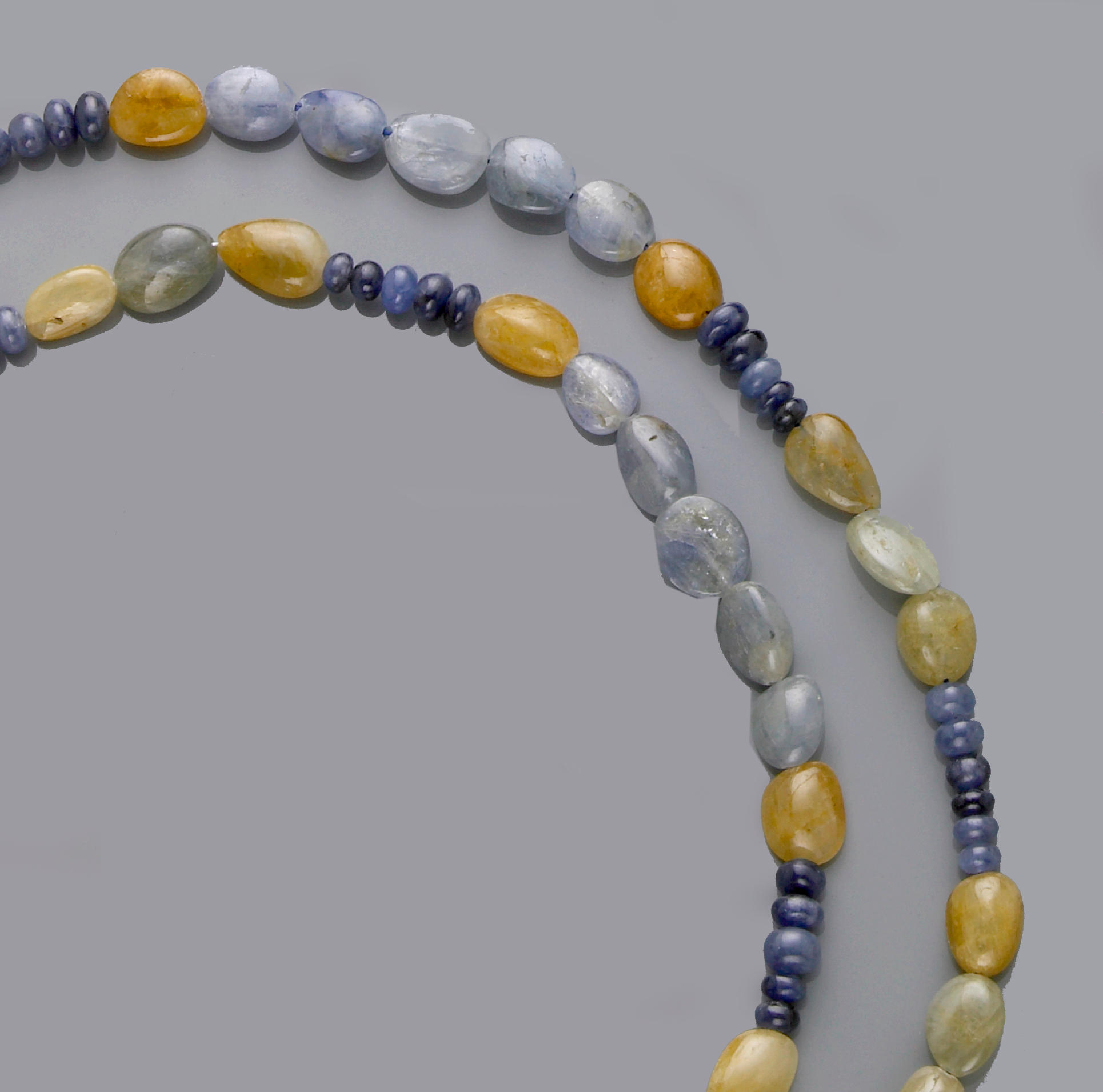
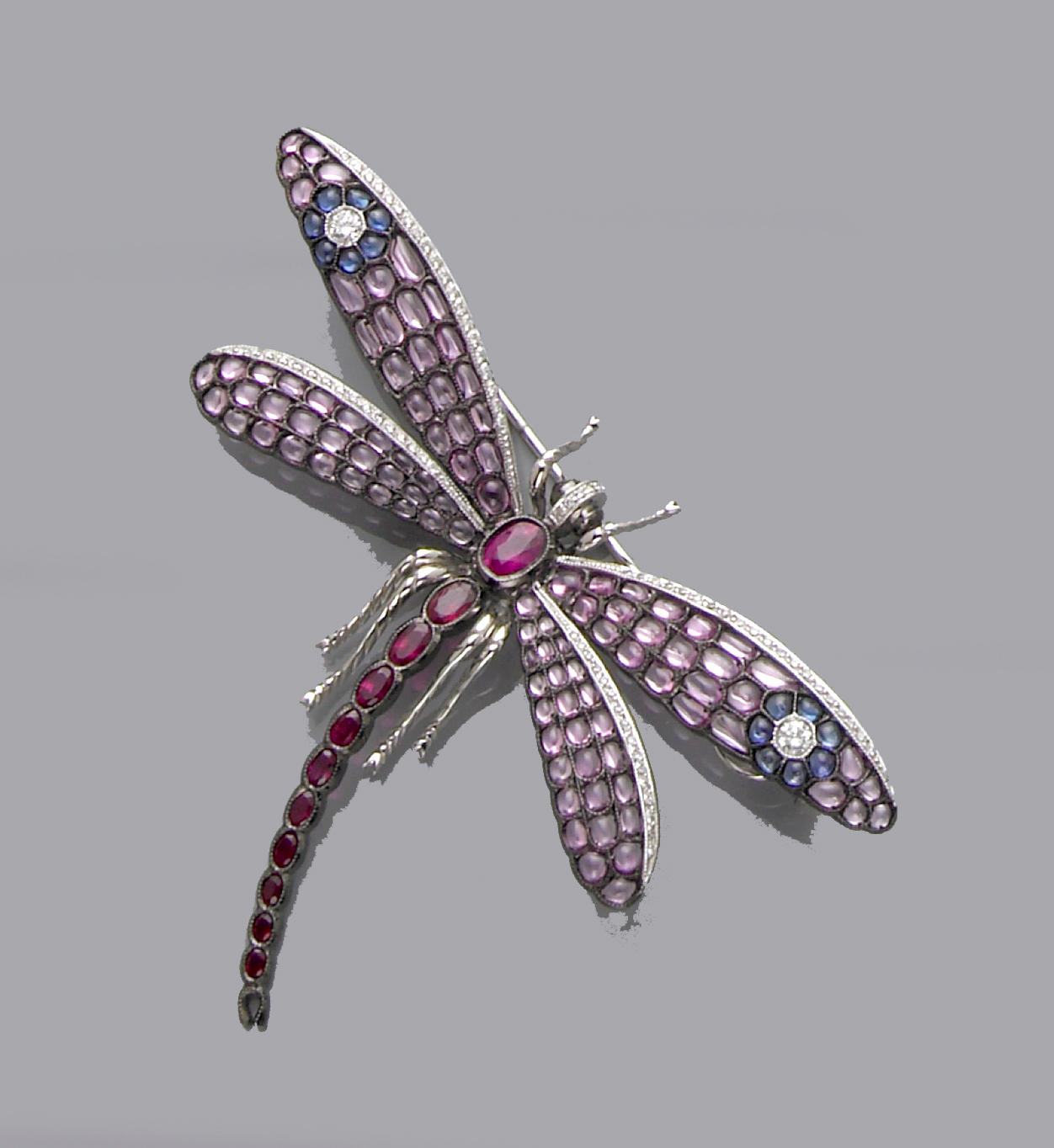

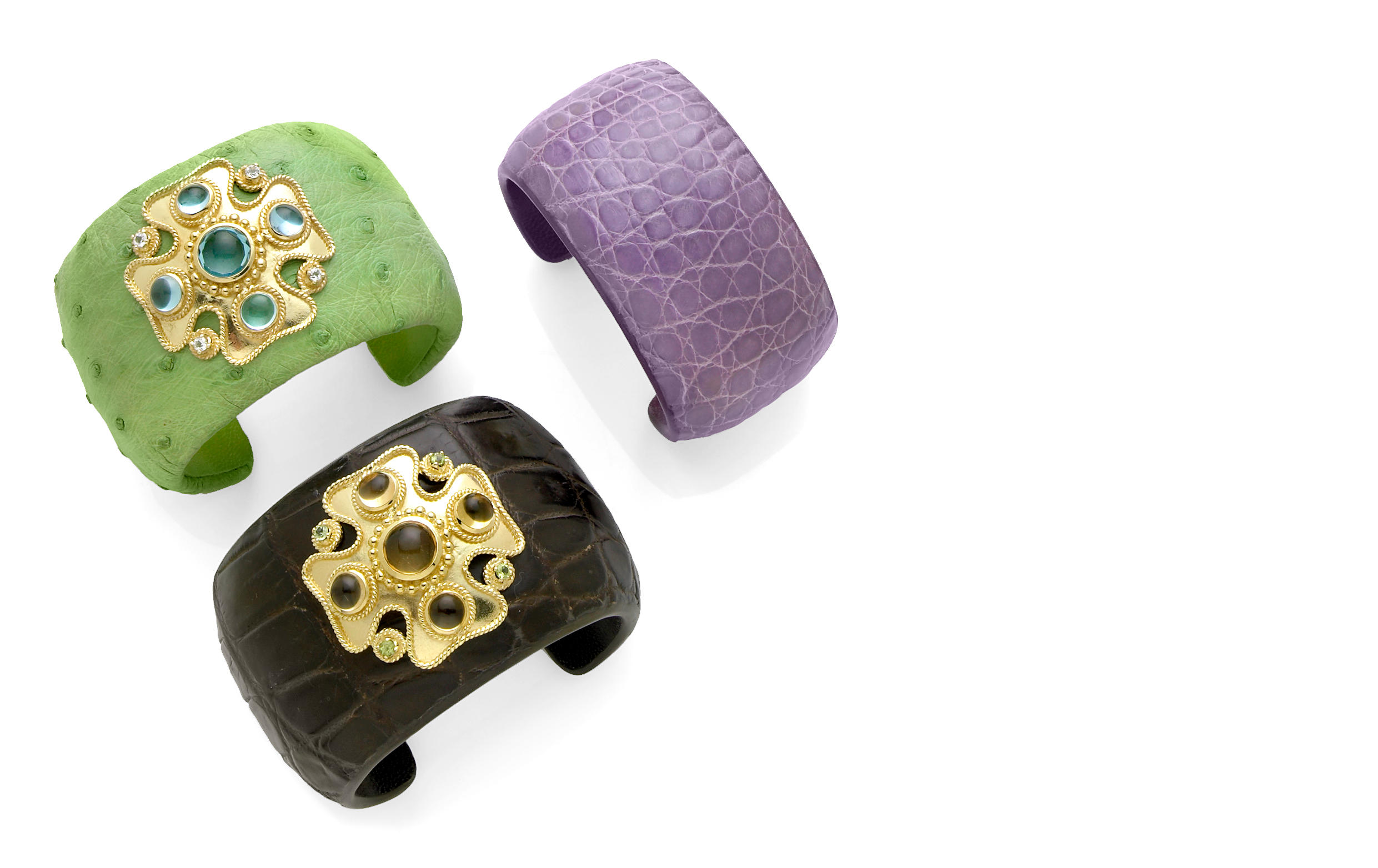

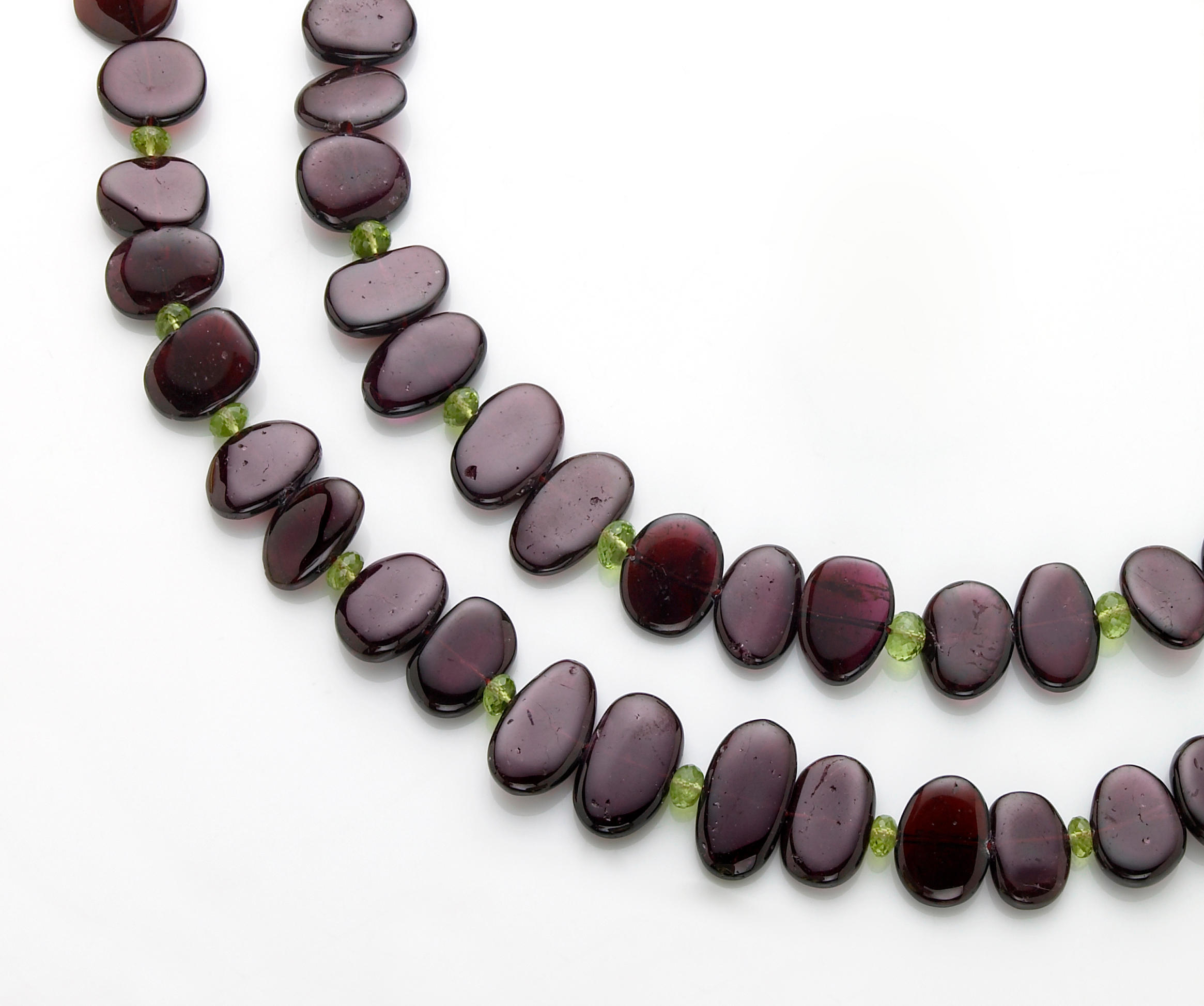
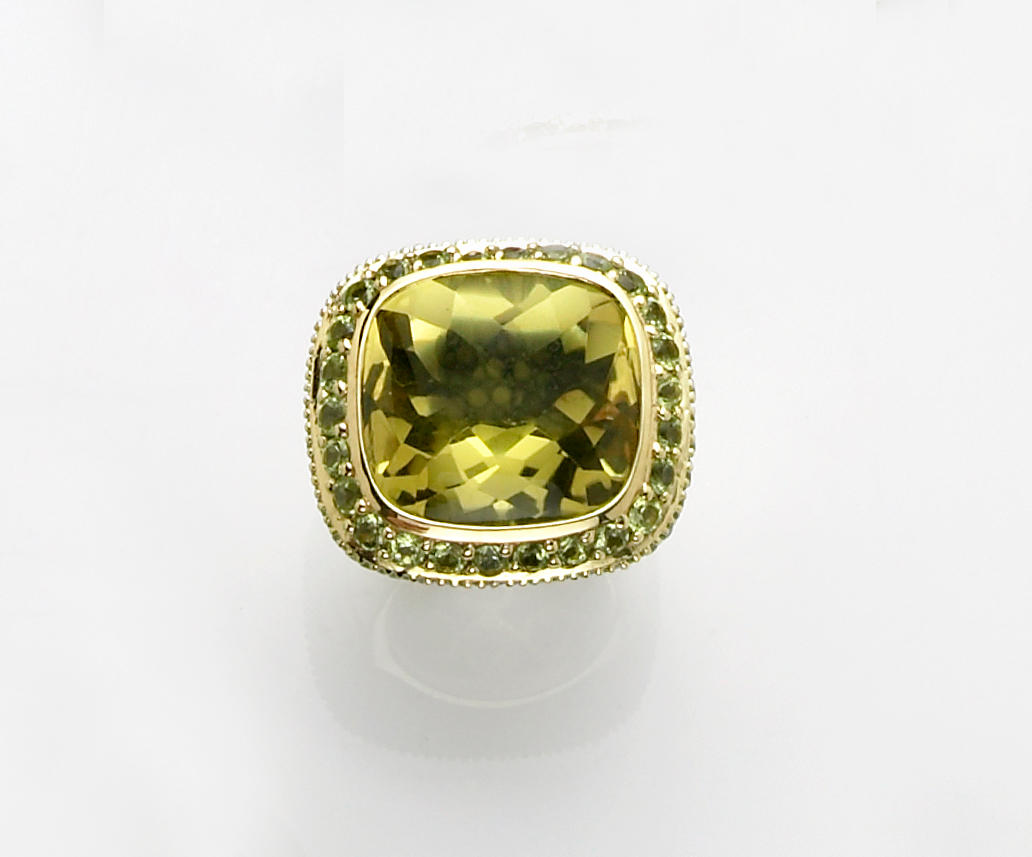
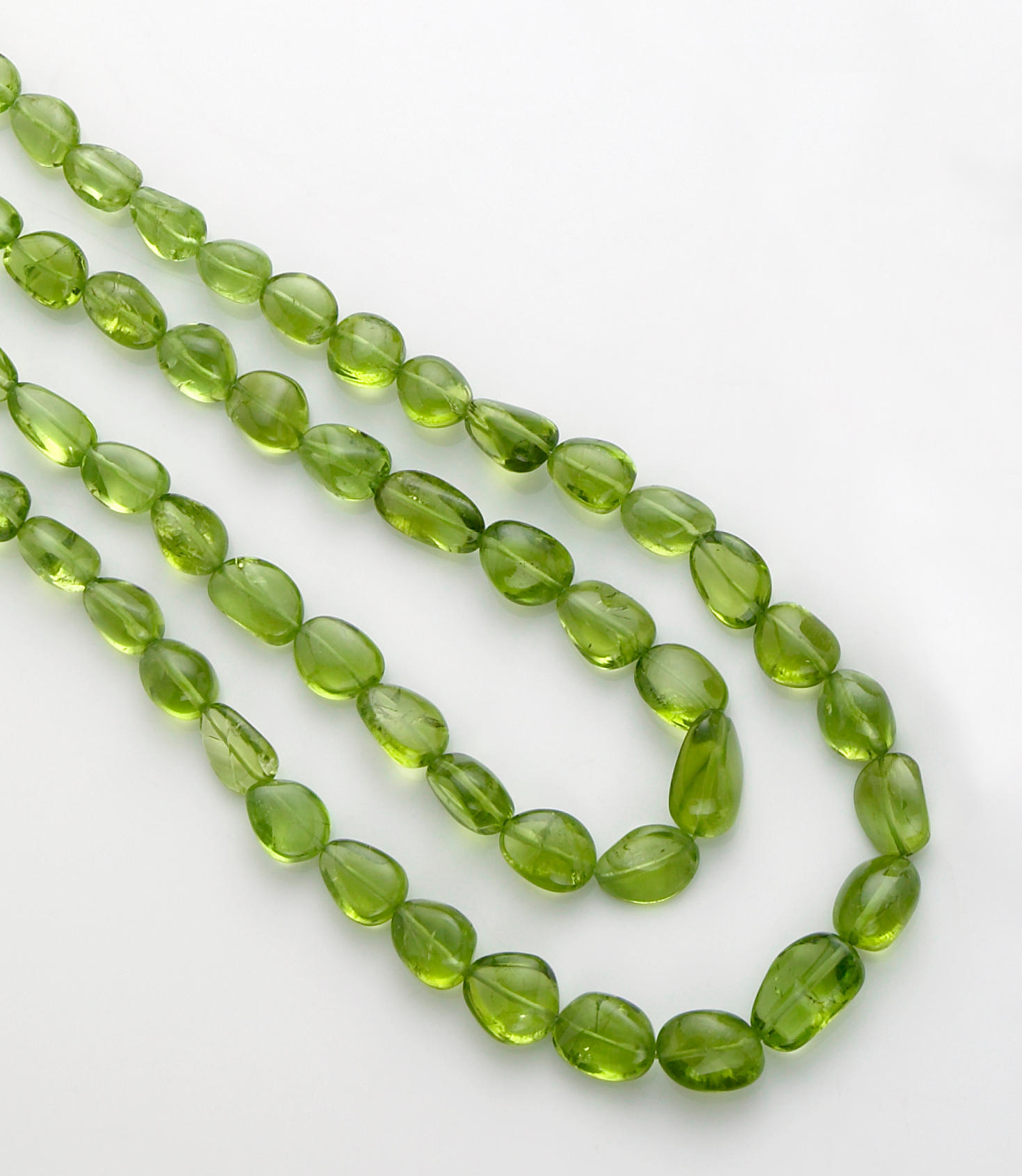
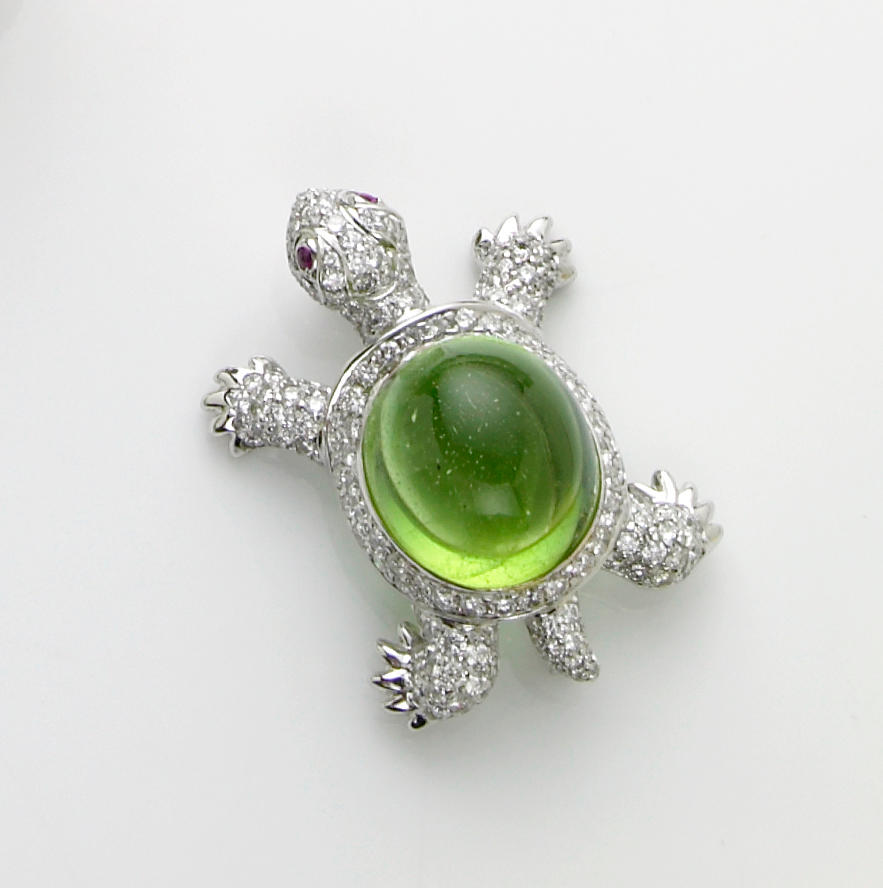
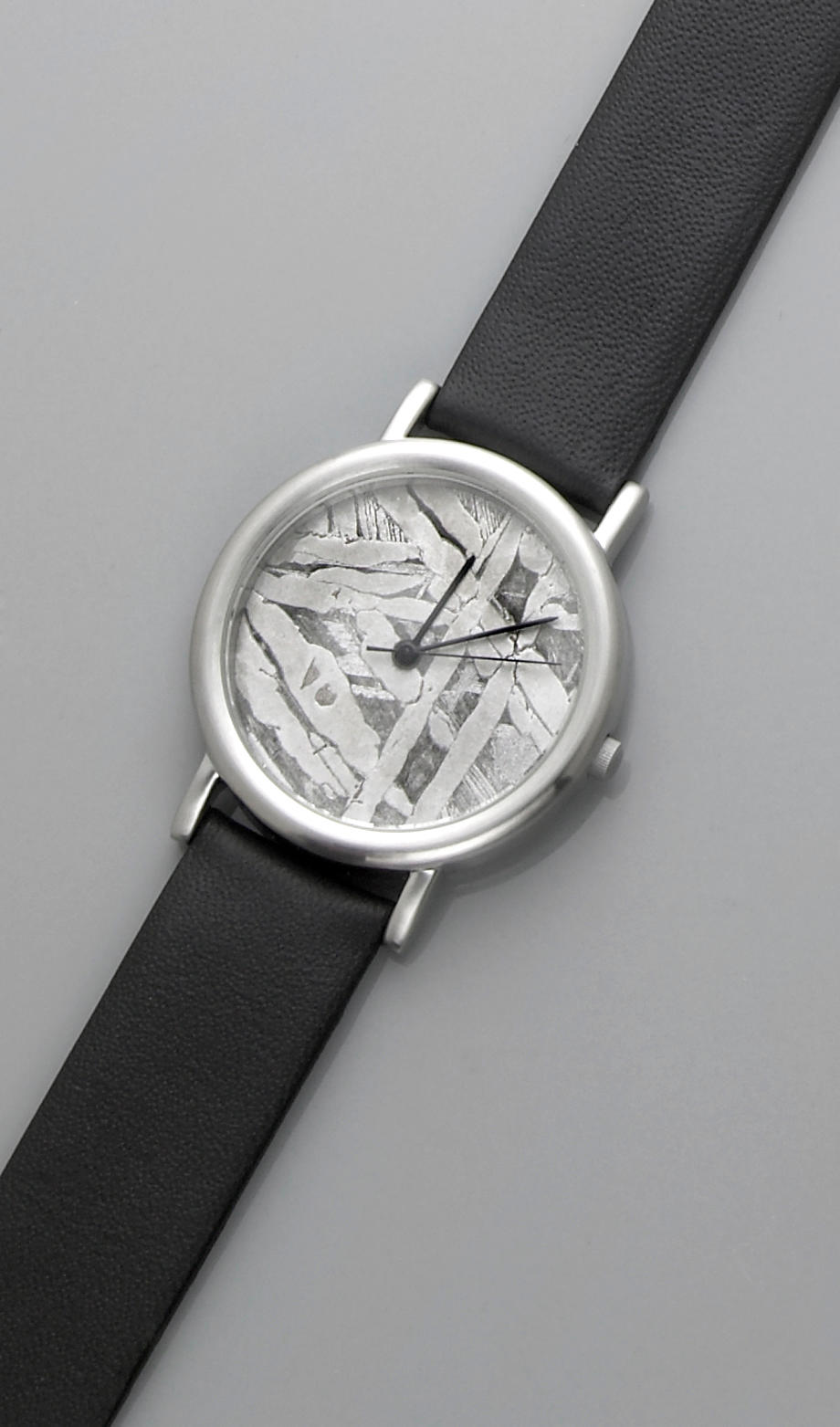

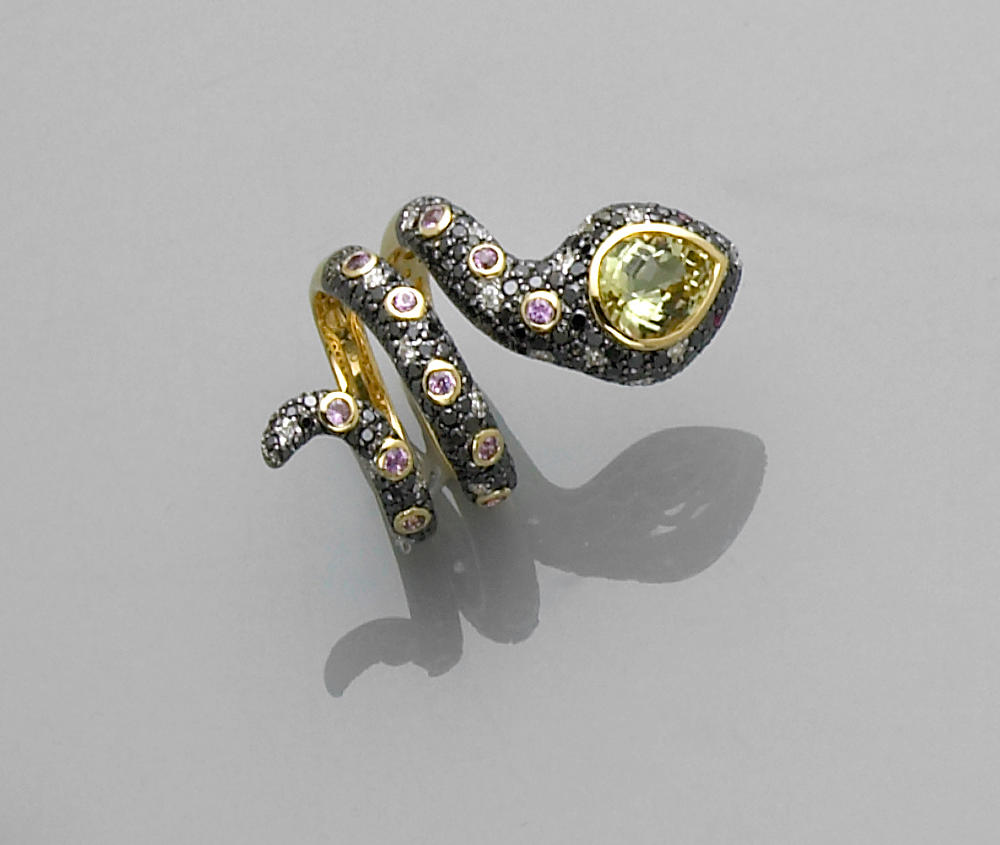
Testen Sie LotSearch und seine Premium-Features 7 Tage - ohne Kosten!
Lassen Sie sich automatisch über neue Objekte in kommenden Auktionen benachrichtigen.
Suchauftrag anlegen